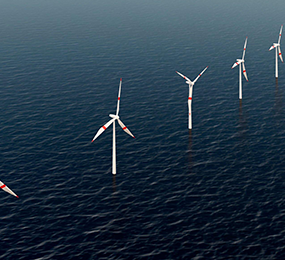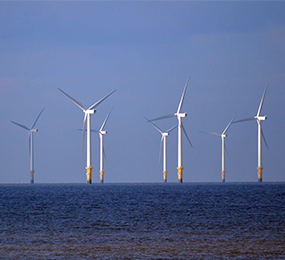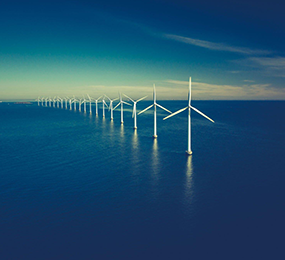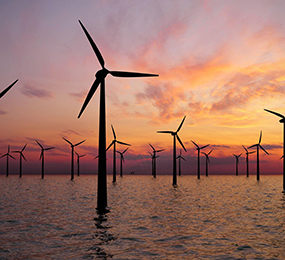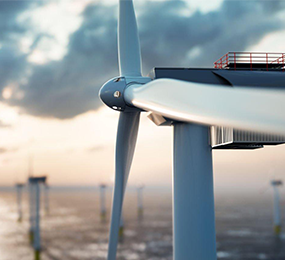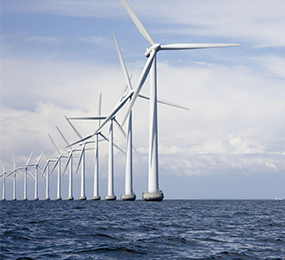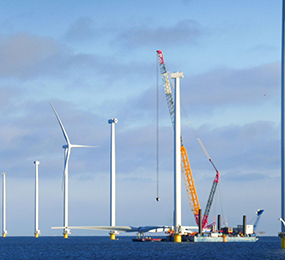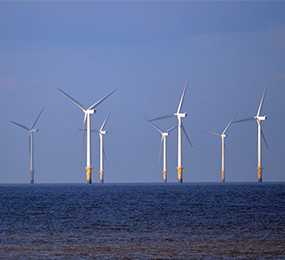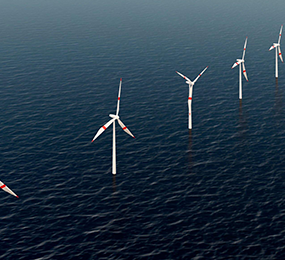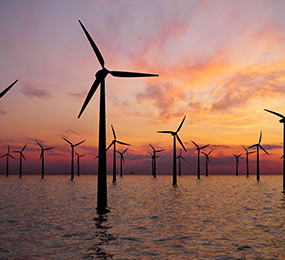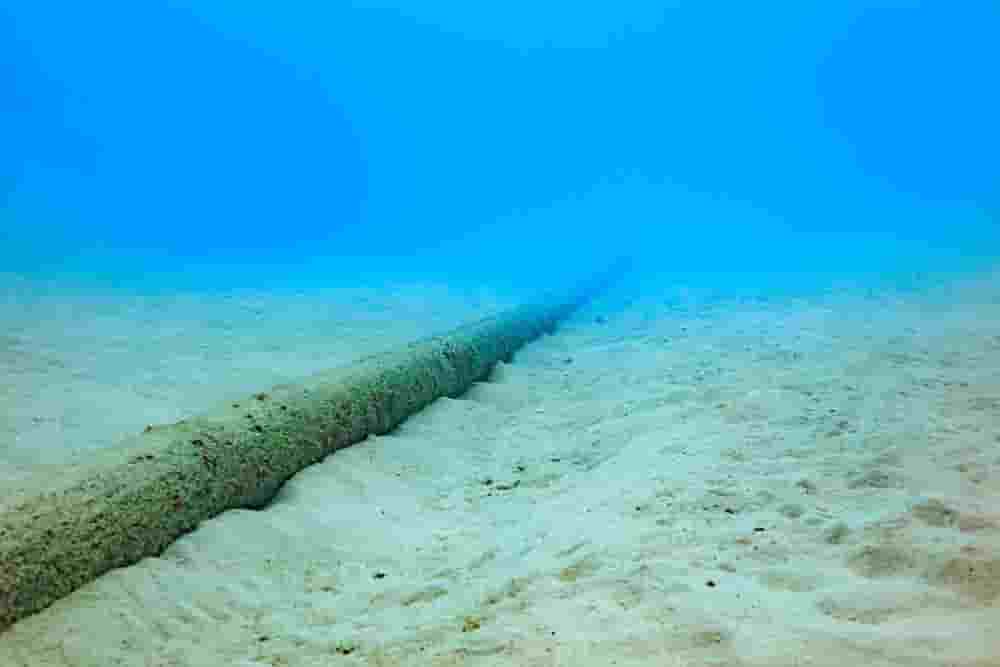Challenges for Floating Offshore Wind and Hydrogen Integration
Floating Offshore Wind Faces Difficulties
1. Materials must be appropriate for various markets and site circumstances.
Floating wind turbine designs must consider a wide range of characteristics, including strength, flexibility, flotation, and temperature regulation, and must be appropriate for a wide range of situations. Offshore wind turbines that are built directly on the seabed are generally closer to the beach and do not absorb as much wind.
While floating offshore wind is becoming more common, there are still limitations with floating wind designs. Power levels for floating wind turbines are predicted to reach over 20 MW, necessitating the need of bigger cables to accommodate such high voltage levels.
2. Installation is difficult and time-consuming.
To collect and export the power generated by floating wind turbines, dynamic, high-capacity subsea cable networks are required. High-voltage cables are critical components for floating turbines since they must move with the waves and currents and effectively hang from the floater to the seafloor. When compared to wiring linked to the seabed in static offshore wind farms, this cabling moves significantly more.
Dynamic cable installation is considerably more complicated than static cable installation for offshore wind, comprising complex activities that must be executed safely and with utmost control throughout the installation to avoid damage. Cable designs and installation procedures must be designed.
3. The advancement of floating wind farms is outpacing the rest of technology.
Until date, floating wind farms were mostly built as pilot projects with only a few turbines joined together. Medium-voltage cables are employed in such instances.
Similarly, while it may not be a technical challenge, floating substations are a significant consideration. The export cable will connect the offshore substation to the onshore substation. This is something that has been utilized in the oil and gas business but has to be scaled up for floating wind.
4. Upkeep, monitoring, and inspection
The upkeep of floating offshore wind farms is a difficult subject, with no one-size-fits-all monitoring and inspection options. While the digital twin approach and unmanned boats are valuable strategies, advancements in data collection and use are still required to inform and run assets.
Heavy maintenance, such as detaching and hauling wind turbines to port rather of sending a large vessel, may be necessary every ten years. As time-consuming as the operation may appear, floating wind turbines can actually cut installation and maintenance costs since a substantial portion of the turbines can be manufactured on land and towed out to the anchor point rather than being built on site.
5. Grid dependability
Several big interconnection projects have been completed in recent years, with more planned for the next decade. Adoption of these projects, when paired with climate promises, will result in considerable changes in the energy mix and severe technical problems for power systems.
To address these issues, continuing research and development is focusing on boosting the dependability and transmission capacity of underwater power lines.
Hydrogen integration challenges and ramifications
Green hydrogen confronts technological, economic, and societal obstacles despite its promise to accelerate the energy revolution.
With regard to technical challenges, when green hydrogen is electrolyzed, liquefied, or transformed to different carriers, transported, and utilized in fuel cells, a large amount of energy is lost. If not reduced, these losses will necessitate a significant usage of naturally produced energy sources to power green hydrogen electrolyzes capable of competing with end-use electrification. Furthermore, hydrogen storage and transfer might be difficult. It must be kept under high pressure, liquefied at extremely low temperatures, and contained in a porous material.
In terms of economic challenges, the cost of producing green hydrogen is currently high, ranging between USD 6-12/kg, and is likely to remain so if there is no funding and no government action. In contrast to industrialized nations, where the cost of generating hydrogen from renewable sources is high, particularly in large applications, developing countries have a wide availability of natural resources for electricity generation, which may reduce the cost of hydrogen production when distance and demand are considered.
Concerning societal problems, one of the most major hurdles to the commercialization of green hydrogen has been concerns about the safety of hydrogen fuel, despite the fact that it is more pervasive than natural gas and gasoline. Although different stakeholders have different perspectives, there is agreement that infrastructure availability, affordability, local community engagement, regional skill capability development, biodiversity preservation, and safety and distributive benefits to the community are all necessary for a successful hydrogen industry.
Join us as we bring together experts, practitioners, stakeholders, and leaders from Europe and across the world to debate ways to reduce costs, explore supply chain opportunities, and analyze the role of innovation and progress in infrastructure.
In addition, numerous sessions will present and debate various elements of floating wind, ranging from market trends to financing options, technical obstacles, regulations and legislative initiatives, and best practices.
Visit our website to know more: https://bit.ly/3WI81v2
For more information and group participation, contact us: [email protected]
Leadvent Group - Industry Leading Events for Business Leaders!


